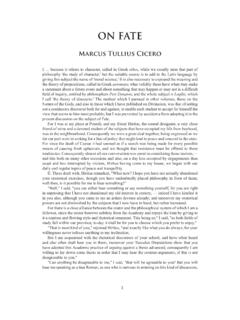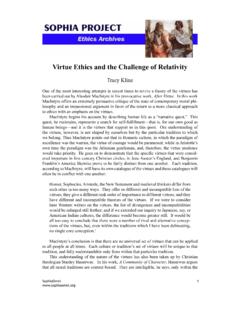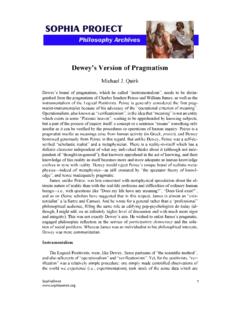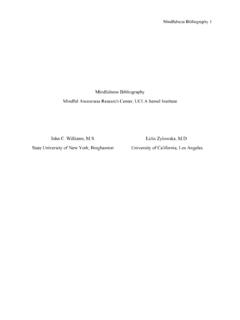Transcription of Satipatthana – Mindfulness Meditation: The Four ...
1 SophiaOmni Mindfulness meditation : The four foundations of Mindfulness Part IDonald Cornelius, text is the first part of a talk delivered by Dr. Donald Cornelius to the members of the Inisfada Zendo at Molloy College on August 3, 2014. This part of the talk focuses on the first foundation of Mindfulness as it is developed in the Satipatthana Sutra Mindfulness of the body. I was asked me to speak with you this morning on the Buddhist meditation tradition of South East Asia: referred to as Vipassana meditation , in its english translation Insight meditation or now more commonly as Mindfulness little history sets the context of this tradition within the Buddhist narrative and how it found its way to the west during the 70s and early 80s.
2 In the Pali Canon, which is a textual compilation of the Buddha s teachings, we find a distillation of the instructions for the meditation practice taught by the Buddha. The teaching is contained in the Satipatthana Sutta: The four foundations of Mindfulness . You will find the full text of the sutta in the Appendix at the end of the Buddha frequently reminded his followers that his teaching was about one thing and one thing only, dukkha and the end of dukkha. How dukkha arises and how it can be eliminated. Dukkha has been commonly translated as suffering. However, suffering as an english equivalent to dukkha is an inadequate translation. In the Setting the Wheel of Dhamma in Motion Sutta the Buddha describes dukkha in these words: Birth is dukkha, aging is dukkha, death is dukkha: sorrow, lamentation, pain, grief, and despair are dukkha; associating with the unbeloved is dukkha; separation from the loved is dukkha; not getting what is wanted is dukkha.
3 In short, all our common experiences of wanting and not wanting are dukkha. (SN 56:11). Sometimes dukkha is rendered as stress, unsatisfactoriness, or just plain being out of Buddha s primary motivation then was to discover a way for humans, first for himself and then for others, to reduce or eliminate the inevitability suffering associated with the reality of being born human; sickness, old age and death. That while life has many opportunities for joy and happiness, ultimately life is experienced as impermanent, imperfect and deeply impersonal. When Siddhartha Gautama left home at age thirty he searched through all the spiritual traditions of his time that promised to teach the way to address the malady of human suffering (dukkha), but he never found a satisfactory remedy.
4 So he embarked on a path of self-discovery. We now call the result of this self-discovery, his awakening or enlightenment. The content of this enlightenment was codified by his early followers as the four Ennobling Truths; knowing dukkha, knowing the causes of dukkha, knowing the end of dukkha, and fourthly, knowing the method or path to end dukkha, the method we know as SophiaOmni eight fold path. Right or correct view, correct intention, correct action, correct speech, correct livelihood, correct effort, correct Mindfulness and correct concentration. There are three sets within the eight fold path: the first set, is wisdom or the correct understanding of how things actually work: right view and right intention.
5 The second set is ethical: right action, speech and livelihood. And the third set is right or correct method: correct effort, correct Mindfulness and correct we are focused in this talk on understanding the method. If Mindfulness is one of the core principles of the eight fold path to the ending of dukkha. How is Mindfulness developed? In the Satipatthana Sutta the Buddha teaches his followers the skill of Mindfulness . We are given instruction of how to be mindful of the 1) body, 2) mindful of our feelings (what it feels like in the body to want, not want, or to be insensitive to feeling), 3) mindful of the thoughts associated with our feelings, and fourthly, with how our body, feelings and thoughts square with the dhammas, or with the realities of the human experience.
6 We are told in the Sutta that this is the practice that will end dukkha and lead to true happiness. The Buddha was very clear. Mindfulness is a skill, it can be taught, a person can learn it, a person can practice it; it is within the capacity of any human person who exerts right effort. All humans have the capacity to become enlightened or to be awake; to reduce and potentially eliminate the experience of dukkha. When people encountered the Buddha after his enlightenment, they were immediately aware that he was different, those who knew him saw it as a glow. Are you a god, a deva, an angel, a super human person, they asked? No, I am only awake, I am Tath gata. This was how the Buddha referred to himself; the only thing special about him was his skill as a practitioner of the four ennobling truths and the eight fold path.
7 He remained until his death a human who had followed the path to its end, nothing more. I ll return to these four foundations in a moment, but first again a little historical context. In the two thousand six hundred years after the Buddha s awakening, Buddhism became, for want of a better word, a religion. Following the trade routes, it spread south and east to Burma, Thailand, Indonesia and Sri Lanka, north into China, from China to Japan, and when Buddhism was finally routed from India by Islam and Hinduism in the eleventh and twelfth century into Tibet. Finally within our own time, Buddhism comes into much of the western world. Today sitting here we are part of this migration, this history of Mindfulness meditation , Satipatthana , was a core teaching of the Buddha, like his other teachings they were seen and practiced through the filters of the cultural and religious traditions where they landed.
8 Overtime meditation practices were forgotten or ignored left mostly to the monastics, even in the monasteries there were very few monk/nun meditators. For two thousand years most Buddhists did not even know there was a Pali Canon or the teachings of the Satipatthana Sutta. For the most part the teachings of the Sutta were forgotten. In fact, good accurate english translations have only been available in the last ten or fifteen years. Through the centuries small meditation communities in Thailand, Burma and Sri Lanka were the only places Vipassana was practiced. Lay people, householders, like us were never instructed in the practice of Mindfulness is until the Beatles and the hippies began their love affair with the east. While most went to India, a few souls went to Korea and Japan, bringing Zen practice west and others to Thailand and Burma, bringing the Vipassana tradition.
9 Tibetan meditation practices gained popularity when the Dali Lama and the Tibetan diaspora would like to briefly outline the essential four elements of Satipatthana . Quoting from the Sutta:The Blessed One said this: Monks, this is the direct path for the purification of beings, for the overcoming of sorrow and lamentation, for the disappearance of pain and distress SophiaOmni (dukkha), for the attainment of the true method, and for the realization of Unbinding (nibbana) in other words, the four satipatthanas. Which four ? There is the case where a monk remains focused on the 1) body in and of itself ardent, alert, & mindful putting aside greed and distress with reference to the world.
10 He remains focused on 2) on 3) mental qualities in and of themselves ardent, alert, & mindful . He remains focused on 4) dhammas in and of themselves ardent, alert, & mindful, putting aside greed & distress with reference to the Buddha instructs us to be aware, mindful, attentive with open acceptance to what is occurring in our bodies, in our feelings, in our thoughts, and fourthly what we are thinking or understanding about our thoughts. What is important as we approach Mindfulness mediation ( Satipatthana ) is to see that it is an active process. The mind is not blank; it is not empty; in the meditation the mind is actively attentive to what is occurring in our bodies and our thoughts as we sit in attentive observance.
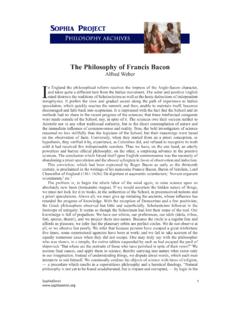
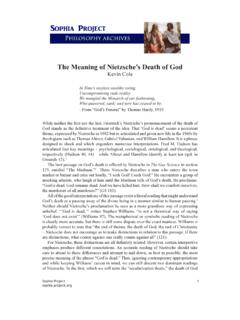
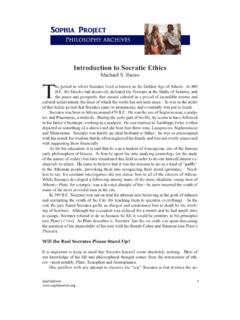
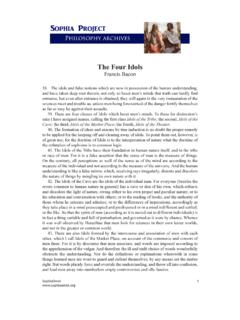
![Notes on Plato’s Gorgias [449c-466a] - Sophia Project](/cache/preview/0/5/3/c/e/1/d/7/thumb-053ce1d73ee53d8f939f1988e67d4864.jpg)
![Critique of Rhetoric [Gorgias 447a-461c] - Sophia Project](/cache/preview/9/f/9/b/c/2/9/8/thumb-9f9bc298ba899803867703925e030fa2.jpg)
